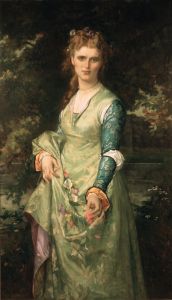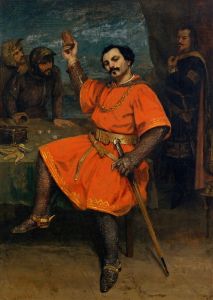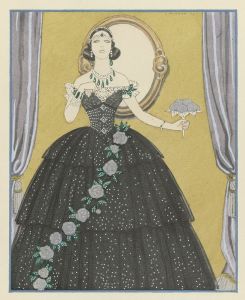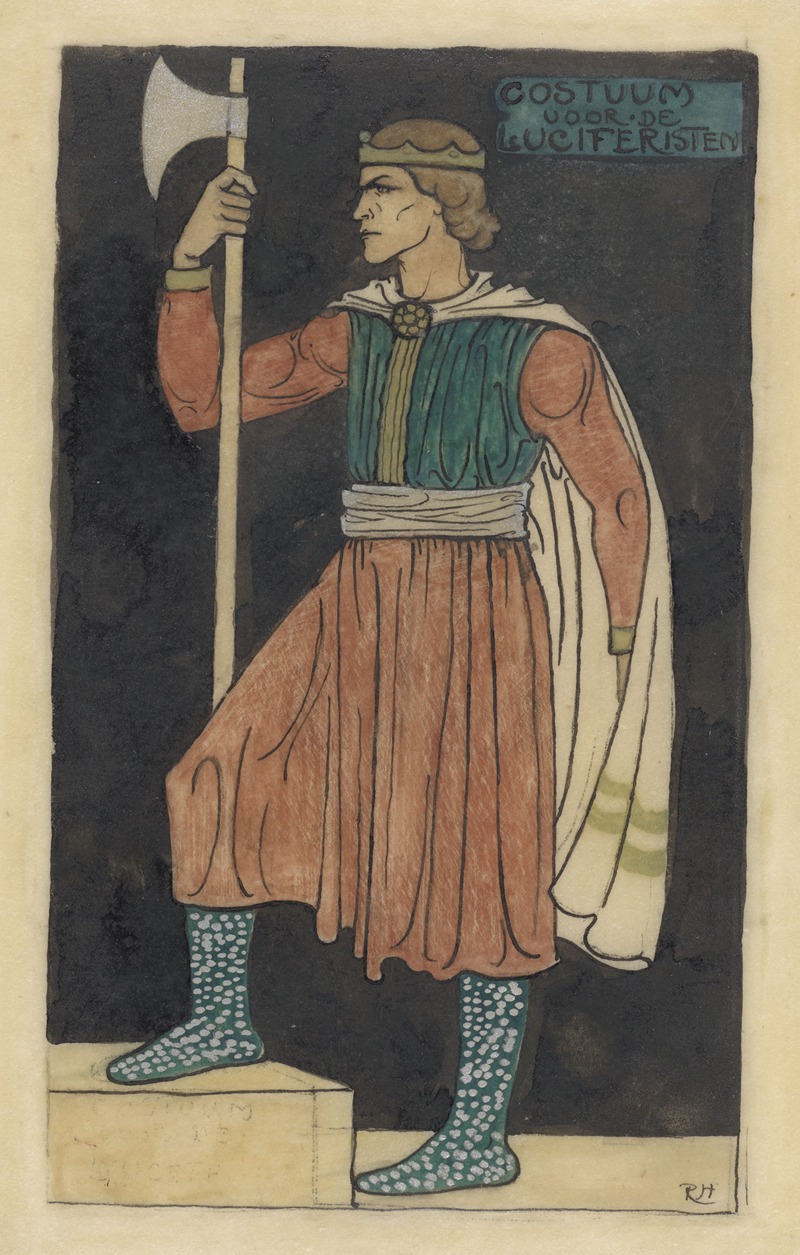
Ontwerp voor kostuum voor de Luciferisten
A hand-painted replica of Richard Nicolaüs Roland Holst’s masterpiece Ontwerp voor kostuum voor de Luciferisten, meticulously crafted by professional artists to capture the true essence of the original. Each piece is created with museum-quality canvas and rare mineral pigments, carefully painted by experienced artists with delicate brushstrokes and rich, layered colors to perfectly recreate the texture of the original artwork. Unlike machine-printed reproductions, this hand-painted version brings the painting to life, infused with the artist’s emotions and skill in every stroke. Whether for personal collection or home decoration, it instantly elevates the artistic atmosphere of any space.
Richard Nicolaüs Roland Holst (1868–1938) was a Dutch artist and designer associated with the Symbolist movement. He was known for his work in various mediums, including painting, graphic design, and decorative arts. One of his notable works is "Ontwerp voor kostuum voor de Luciferisten" (Design for Costume for the Luciferists), a design created in 1906.
This artwork was part of Holst's involvement in theatrical and decorative projects. The design was created for a theatrical production of Joost van den Vondel's play "Lucifer," a 17th-century Dutch tragedy that dramatizes the biblical story of the fall of Lucifer and his rebellion against God. The play is considered one of the masterpieces of Dutch literature and has been a source of inspiration for various artists and designers over the centuries.
Holst's costume design reflects the Symbolist aesthetic, which often emphasized allegory, mysticism, and the exploration of spiritual themes. The design features intricate patterns and stylized forms, showcasing Holst's skill in combining artistic expression with functional design. The costume was intended to visually represent the character of the Luciferists, followers of Lucifer, in the play. Holst's work on this project demonstrates his ability to merge his artistic vision with the practical requirements of stage performance.
The design was created during a period when Holst was deeply involved in the Dutch art scene, particularly in the context of the Amsterdamse School and the broader Arts and Crafts movement. He was influenced by the ideals of these movements, which emphasized craftsmanship, the integration of art into everyday life, and the unity of various artistic disciplines.
"Ontwerp voor kostuum voor de Luciferisten" is an example of Holst's broader artistic philosophy, which sought to elevate the decorative arts and integrate them with fine art. The design is preserved as part of his artistic legacy and serves as a testament to his contributions to Dutch art and design during the early 20th century.





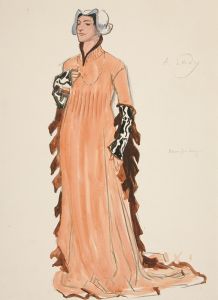
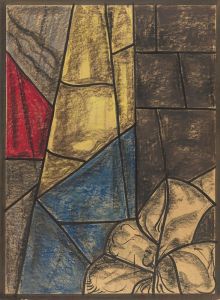

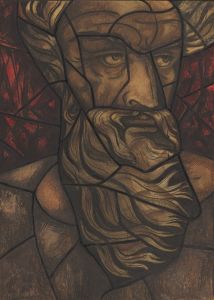
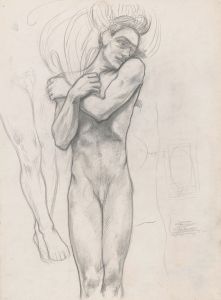
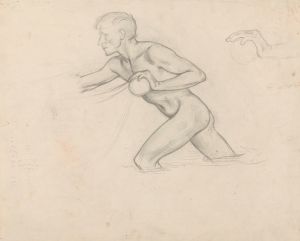
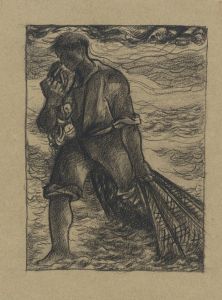
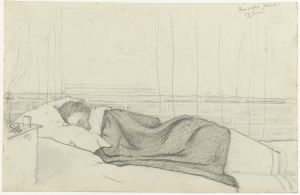
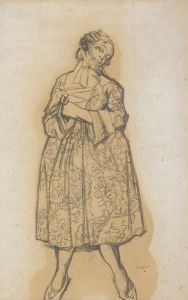
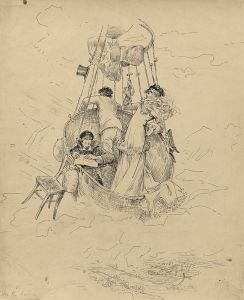
![Design for dčor of restaurant, 56 East 56th St, New York, NY.] [Drawing of suggested dčor for restaurant with color elevation and murals](/imgs/249282/s/winold-reiss-design-for-dcor-of-restaurant-56-east-56th-st-new-york-ny-drawing-of-suggested-dcor-for-restaurant-with-color-elevation-and-murals-29535340.jpg)
